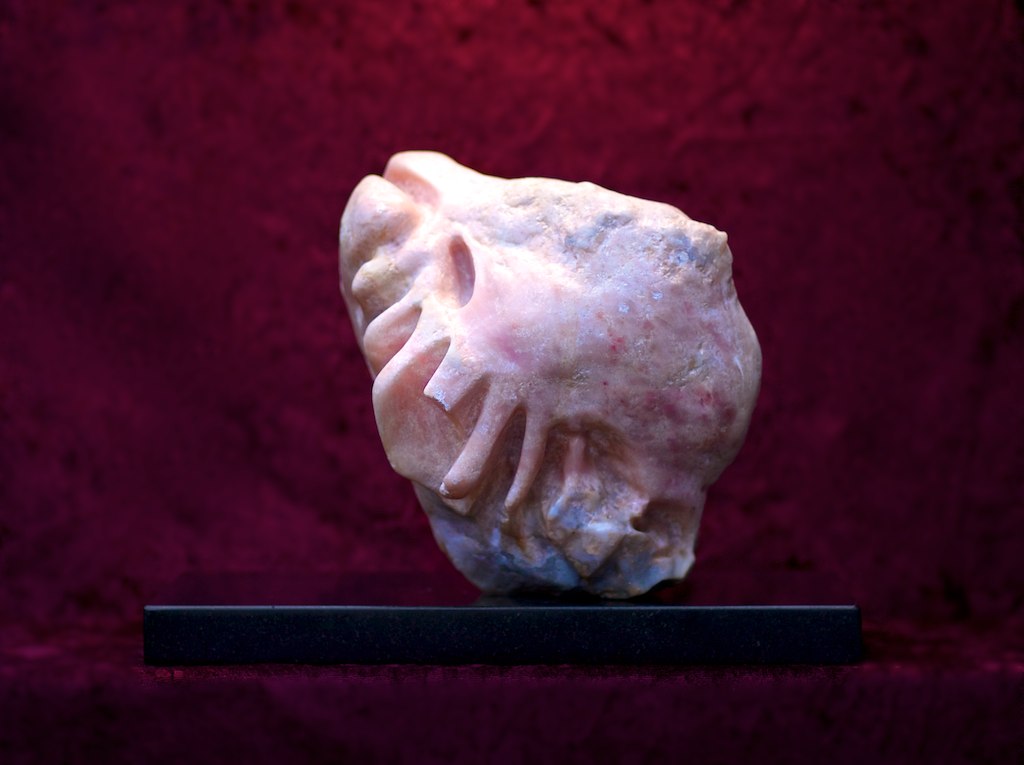On Joy Mancini
The art of Joy Mancini has a true home in the gallery at Tribes. Her paintings have a visceral quality that would seem to belie the intricate narratives they present. Using relatively simple pallets, Joy creates a visual texture that the eyes must learn to decipher, like a map. Each painting has a legend, a key that must be grasped, in order for her canvasses to reveal the territory of feeling that lurks within them. One painting, for example, seems to portray an endless space. It’s a dark and murky picture, at first sight puzzling to the viewer’s mind. Only when the shark at the bottom right corner of the canvass is grasped for what it is—a child’s remembrance of a nightmare, drawn in a deliberately crude and careless manner—does the painting unlock itself. Suddenly, the viewer is confronted with the sea, and the stippled hallmarks of marine life that inhabit the sea.
The paintings currently hanging on the walls have to be viewed in sequence. With two exceptions, they form an organic whole, and exposit a single meaning—or rather, they exhibit the restless search for a meaning that transcends that limits of logical thinking. Coupled with the sculptures that were present at the opening, an entire under-water theme is in effect at Tribes. The beauty of the show lies in how the sculptures seem to extend from the paintings, making tangible and present what would otherwise only be visual and pictorial. For a space as small as Tribes, this continuity can only be praised. Unfortunately, Joy Mancini’s show will be only be on exhibit until Wednesday; but for anyone sympathetic to the Surrealist evolution from nightmare into life, it’s something worth seeing.
Overall, I think this is one of the better shows I’ve seen at Tribes—if only for the style of the paintings. Joy Mancini’s sensibility is primarily that of a symbolist: she works with private meanings that are not necessarily apparent to viewers who are not privy to the autobiographic details of her world. This doesn’t weaken the presentation of the paintings—their style—but it does make for difficulties in the realm of subject-matter. Generally, one could argue that the symbols she uses are winsome and vague (sharks are a recurring motif); but I think a stronger appraisal would take into account how her symbols are painted. Her paintings tend to have a raw and adolescent feel which is very deliberate, and to that extent there is a bona fide link between form and content. But for people who aren’t interested in adolescent feeling—specifically, the feeling of sundering—these paintings will probably lack substance. As a whole, the strength of Mancini’s early paintings resides in their style—beyond that they take a commercial turn which feels like a form of flattery, their subject-matter becoming a little too obvious. “All good things wear a mask,” writes Neitzsche, and one could wish that Joy Mancini’s masks were a little less lovely and little more terrifying to behold.
-Jeffrey Grunthaner

